Heavy wall ball training used to wreck me—like, completely gas me out by round two. But in commercial gym they show up a lot.
So eventually, I had to stop avoiding them and start figuring it out.
At first, I thought going heavier was just overkill. Turns out, it actually helped me build strength, stay more controlled, and push harder when it counted. Since then, I’ve tested different weights, brands, and accessory lifts—and it changed how I train wall balls completely.
What Weight I Actually Train With
Yep—I train with a heavy wall ball, even when I don’t have to.
If the race calls for 6kg, I’ll bump it up to 8kg or 10kg once a week.
Why? Because it builds power and makes the race weight feel way more chill.
Also, going heavier forces me to stay tight with form.
If you get sloppy, the medicine ball lets you know—fast.
Plus, pushing through reps with the extra load builds real grit under fatigue.
That way, when it’s go time, 6kg feels lighter, faster, and way more doable.
Heavy in training = smoother on race day.
Which Wall Balls I’ve Tried and What I Prefer
I’ve trained with a bunch of different heavy wall balls, and here’s what actually matters when choosing one—especially in a commercial gym setting:
- ✅ Durable Build
It needs to hold its shape even after getting slammed into the wall a hundred times a day. A squishy or deformed ball throws everything off. - ✅ Grippy Surface
If the ball’s slick—especially when I’m sweaty—it’s a straight-up fail. Honestly, I need grip I can trust, or I’m overthinking every rep. - ✅ Just-Right Softness
A slightly soft shell is key. If I miss a catch, I don’t want to get wrecked in the face. But it still needs to hold firm through repeated use. - ✅ Consistent Bounce
Some bounce is helpful—too much and it flies, too little and it dies on the floor. The sweet spot? Controlled and predictable. - ✅ Same Feel, Every Time
Above all, I want a wall ball that feels consistent, whether I’m on rep 3 or rep 93. That makes a huge difference when training under fatigue.
Basically, when I pick up a heavy wall ball, I want it to feel right—every time, no surprises. That’s what I trust in a busy gym setting.
What Helped Me Get Stronger Beyond Just Wall Balls
Honestly, just hammering wall balls all day didn’t get me that far. What really helped? Mixing in other lifts that trained the same muscles—but with more control, more load, or more time under tension.
Here’s what I added into my routine:
Barbell Front Squats
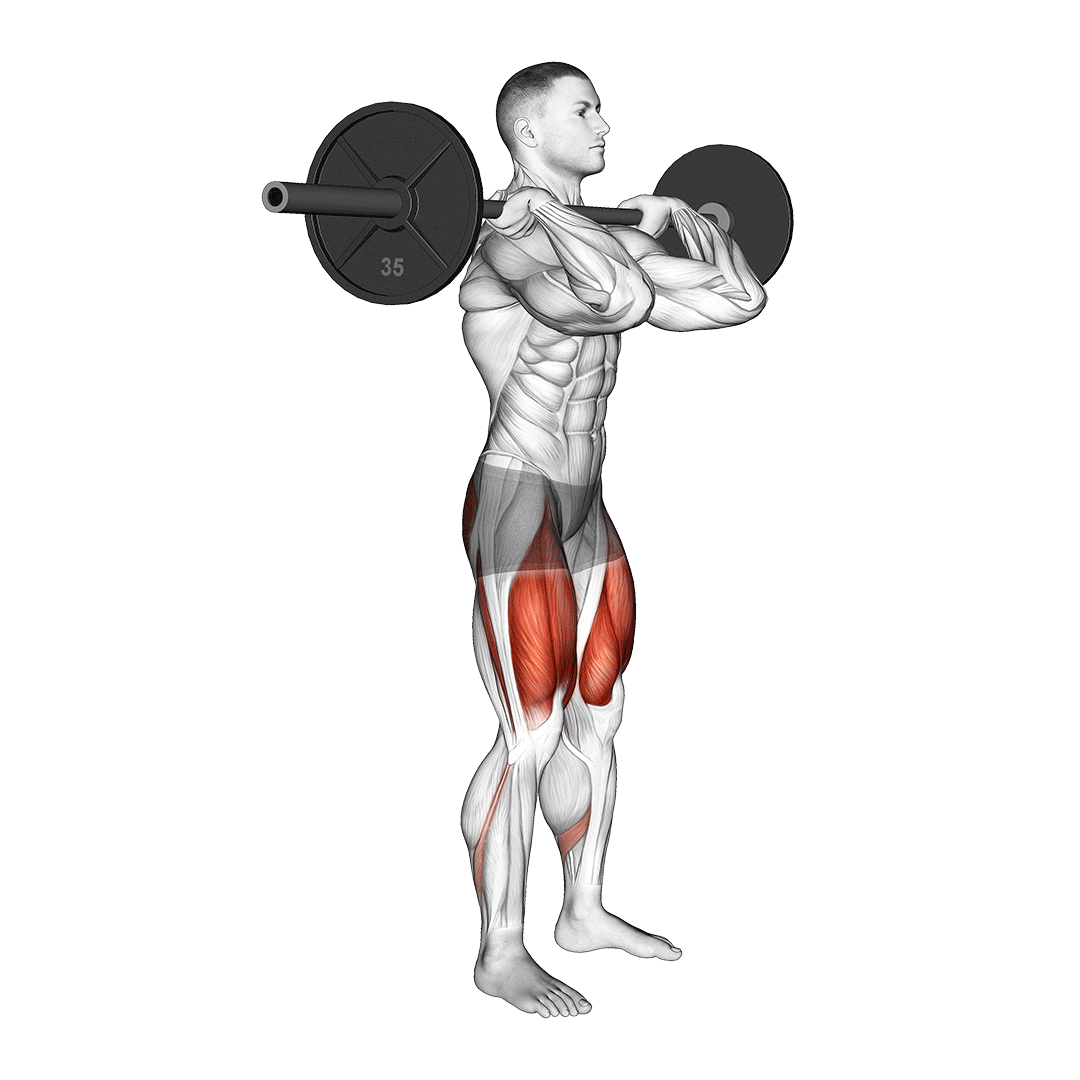
Nothing fancy here—just good ol’ front squats. These seriously helped build leg drive and posture for heavier reps. Think: same position as a wall ball catch, but way more load.
Barbell Thrusters
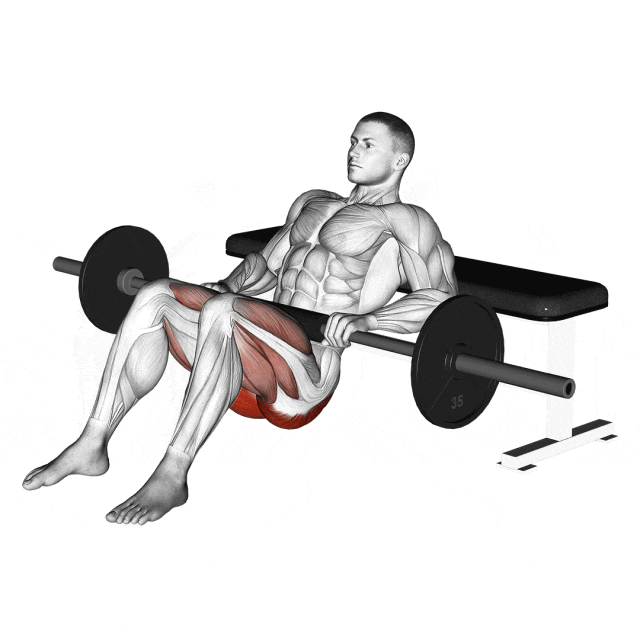
This one’s like a wall ball’s evil twin. Full squat into an overhead press. It trains that smooth transition from legs to upper body—and it’s brutal for conditioning too.
Tempo Goblet Squats (Kettlebell or Dumbbell)
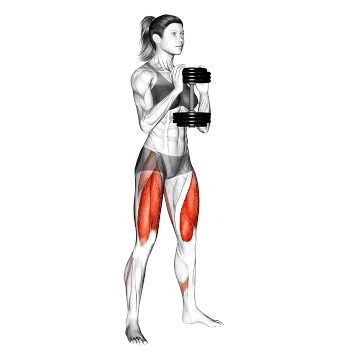
First, I slow the drop… then chill at the bottom… then boom—launch up. Basically, it’s all about control, then power. These helped me get better control and hip mobility, especially when I’m under fatigue during high-rep sets.
Wall Ball Front Holds (With the Ball)
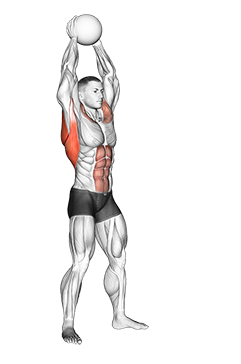
This is one I do with the actual wall ball—just hold it tight at chest height and squat or walk. It smokes your core, upper back, and posture control.
Box Step-Ups or Weighted Lunges (Bodyweight or Dumbbells)
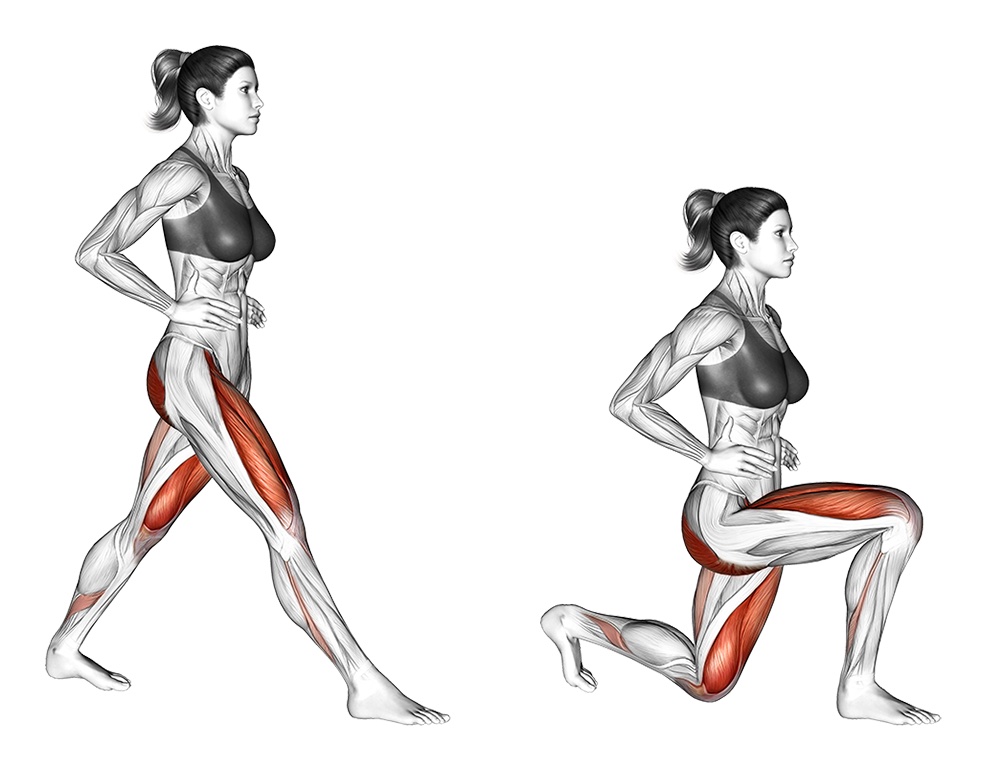
These teach you to move cleanly under load, even when one leg is taking all the work. Super useful for building fatigue resistance in the legs and hips.
So yeah—just tossing the ball over and over won’t cut it. These movements gave me the extra strength and grit I needed to hit my wall ball sets harder… and recover quicker, too.
How I Program Heavy Wall Balls
I used to just throw them in randomly—but once I got intentional with programming, everything clicked. Now I treat heavy wall balls like any other strength tool: structured, timed, and with a purpose.
Here’s how I do it:
Strength Focus
- 3–5 sets of 10–15 reps, resting 60–90 sec.
- I drop down nice and slow—then fire up hard. That combo hits different.
- Helps build control and raw power under fatigue.
EMOMs
- 10 minutes is one cycle.
- Do 10 heavy wall balls at the top of each minute.
- Rest whatever time is left.
- Absolutely wrecks your lungs and legs.
- Great for simulating race pace under stress.
Finishers (End-of-Session Burn)
- I’ll hit 3–4 sets of 15 reps at race or slightly heavier weight.
- Do it after squats or lower body work to feel that “jelly legs” effect.
- It teaches your body to move well under fatigue, which matters big time in competition.
Circuits or Pairings
- Occasionally, I’ll throw wall balls into a spicy mix—like lunges, rowing, or even push-ups. Altogether, it keeps things sweaty and sharp.
- For example: 20 lunges, 15 wall balls, 15-cal row—3 rounds, no chill. Basically, it burns in the best way.
- Keeps things spicy while keeping wall balls in focus.
Basically, I use heavy wall balls like any compound lift—with intention and structure. Once I started treating them that way, my performance (and recovery) seriously improved.
FAQs about Heavy Wall Ball
Wall balls hit almost everything. You’ll mostly feel it in your quads, glutes, and core during the squat. Then, as you drive up and throw, your shoulders, chest, and arms kick in hard. Additionally, catching the ball lights up your upper back and grip. And because you’re moving fast, your core stays engaged the whole time. So, yeah—it’s a full-body burner, especially when reps pile up.
It depends on your pace, but generally 6 to 15 minutes. Top athletes can go unbroken in under 6. Most people take breaks, so it takes longer. Additionally, factors like ball weight, target height, and fatigue from other work can slow you down. If you’re aiming for a Hyrox-style finish, practicing under race conditions helps a ton.
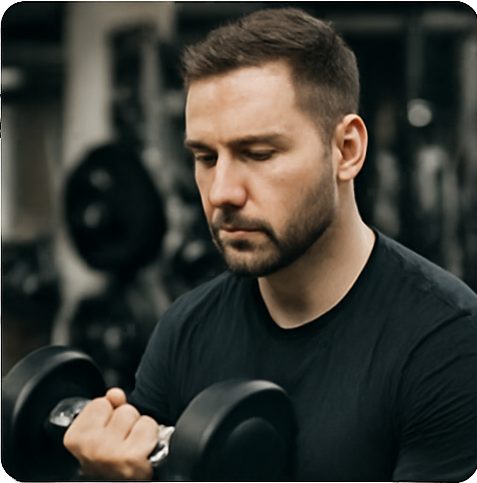
Hi, I’m the editor here at Leadman Fitness. We’re a manufacturer focused on producing top-quality barbells, plates, kettlebells, dumbbells, and strength training gear. I’ve been into sports and fitness for years, and I know my way around all kinds of gym equipment—both from using it and helping create it.
I spend a lot of time understanding the real problems people run into in the gym—whether it’s beginners trying to pick the right gear or experienced lifters looking for something more durable. I stay in close touch with our production team and talk directly with other equipment makers, so we’re always improving based on what real lifters and coaches are looking for.
What I share comes from hands-on experience—stuff that actually helps people train better, not just in theory, but in real gyms.
